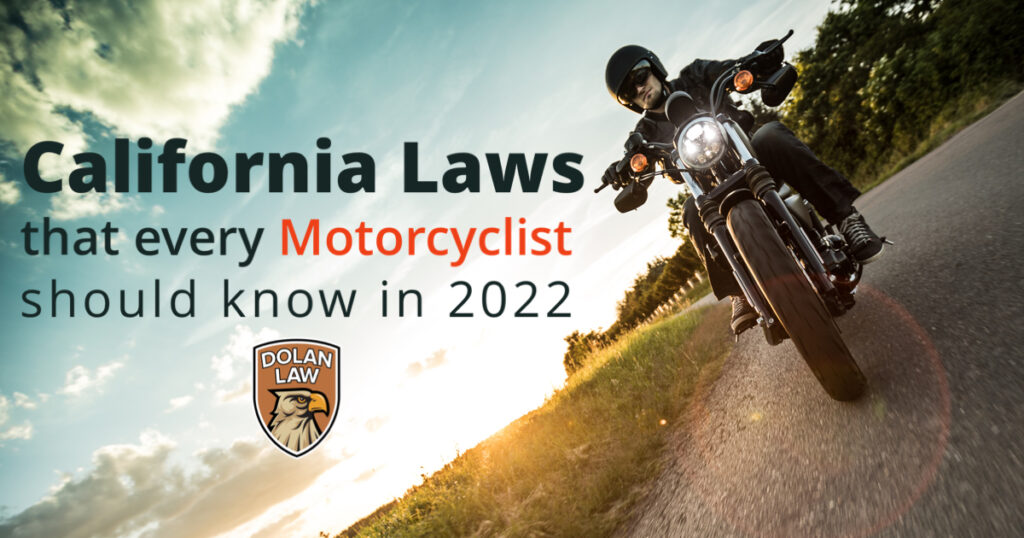What Are Some of My Rights As a Pedestrian?
Written by Christopher B. Dolan This week’s question comes from Kevin in San Francisco: I live in the City and like many people, I do not own a car. Too expensive. I tend to walk often and enjoy it. Can you talk more about pedestrian law and pedestrian safety. Seems like every day I have …


